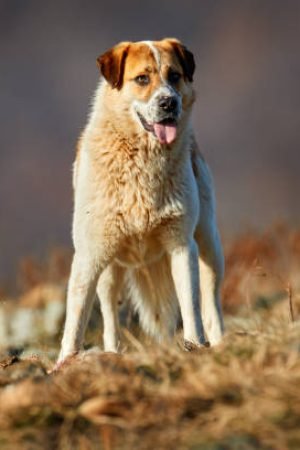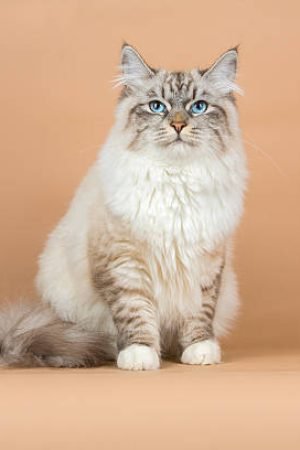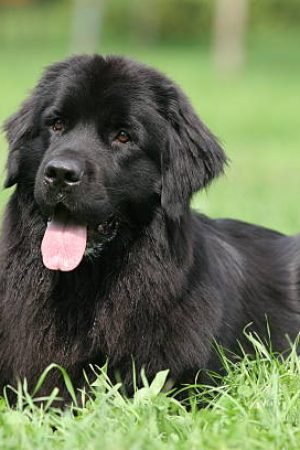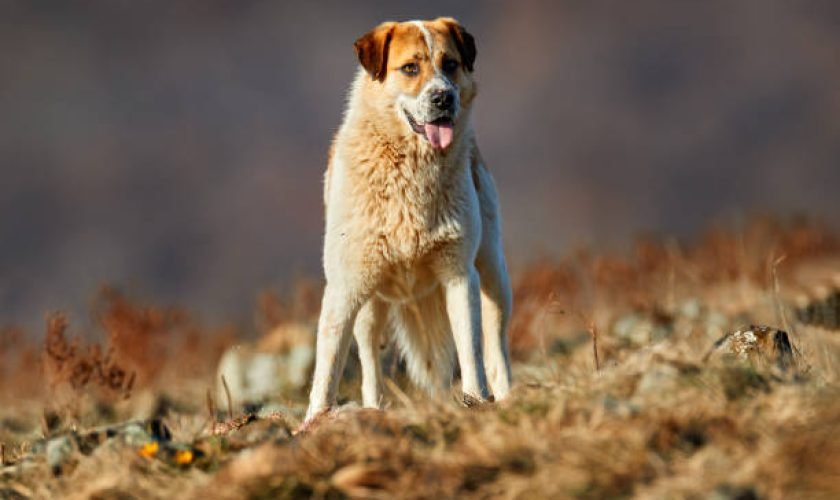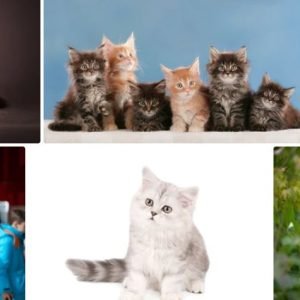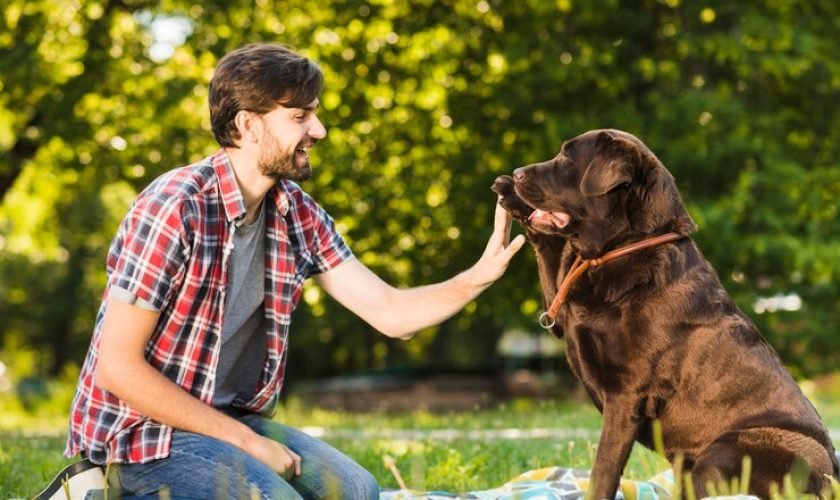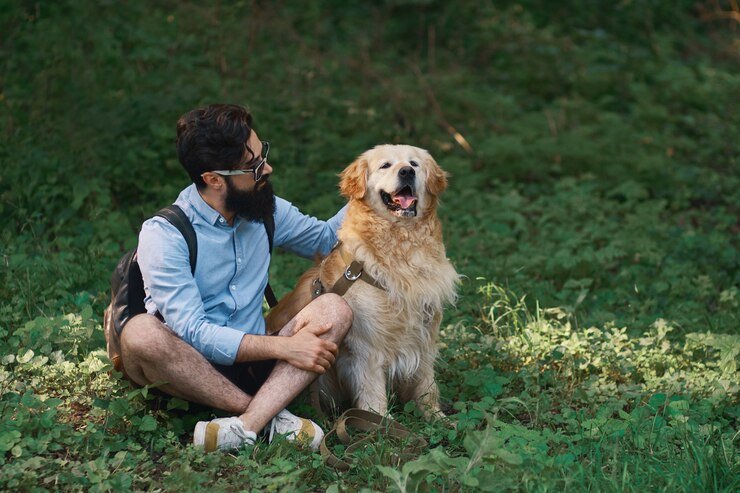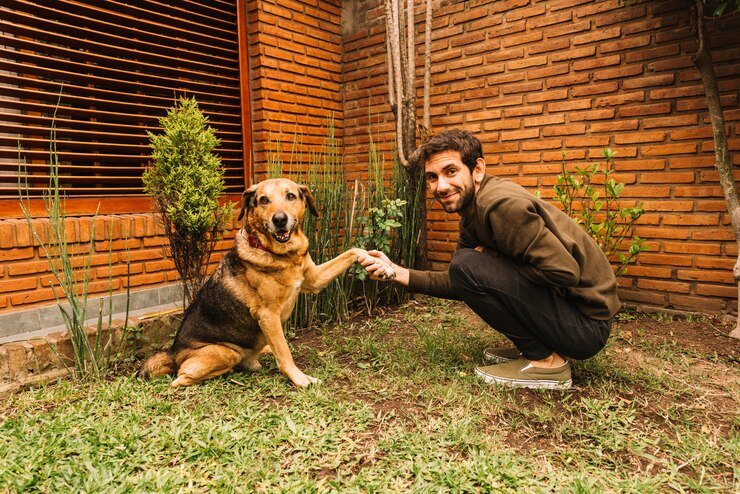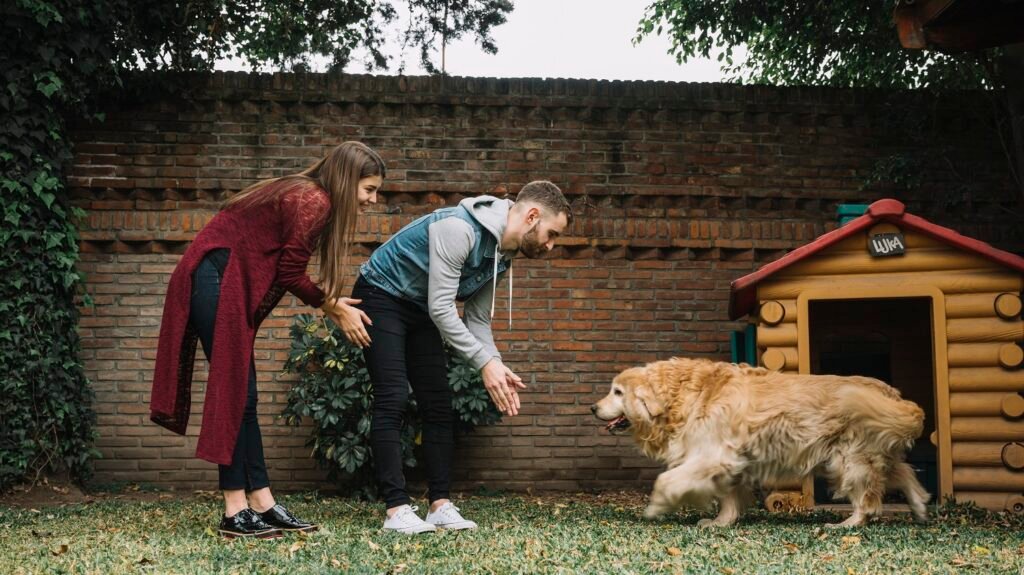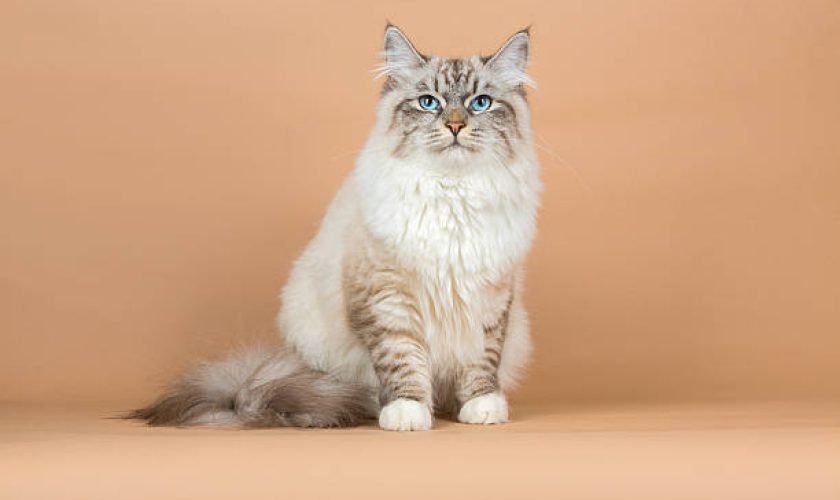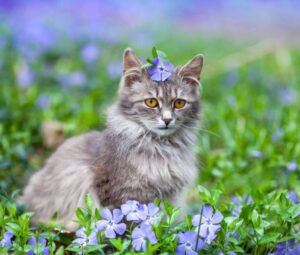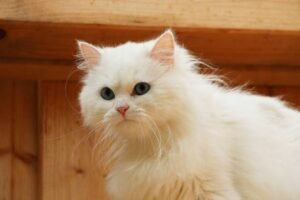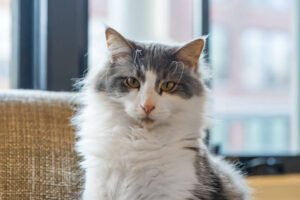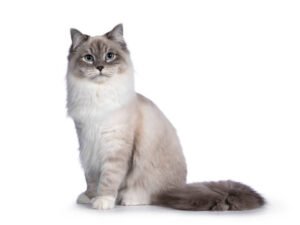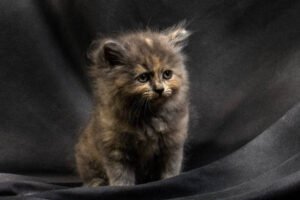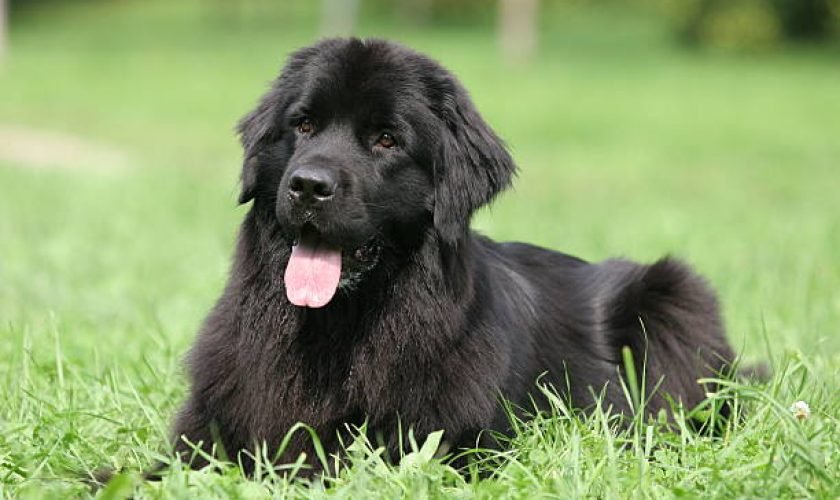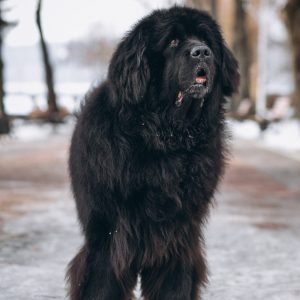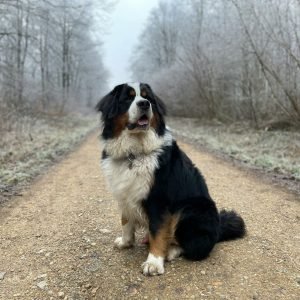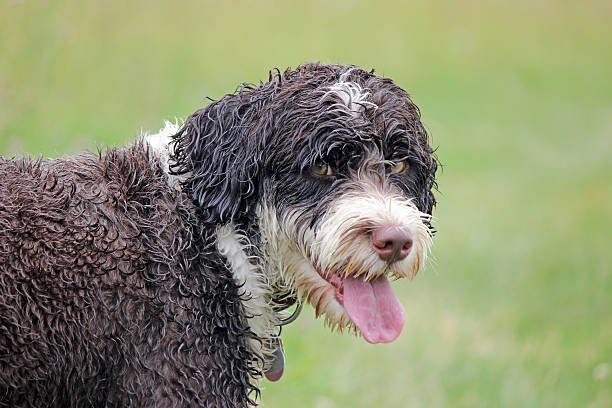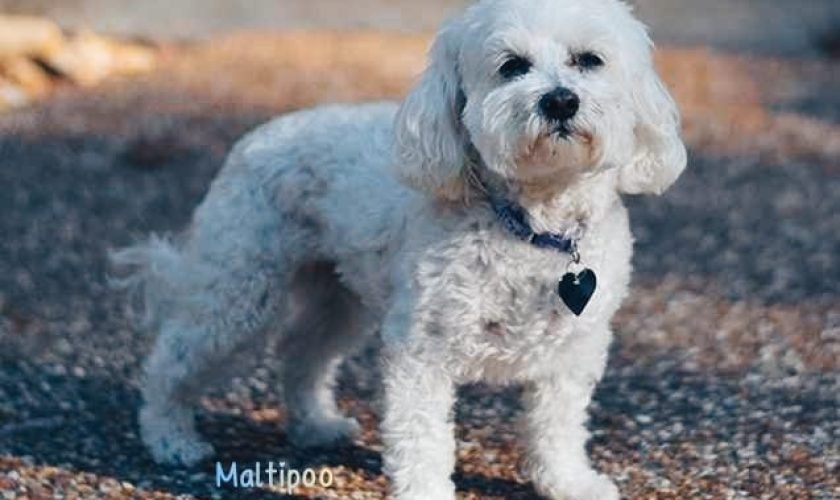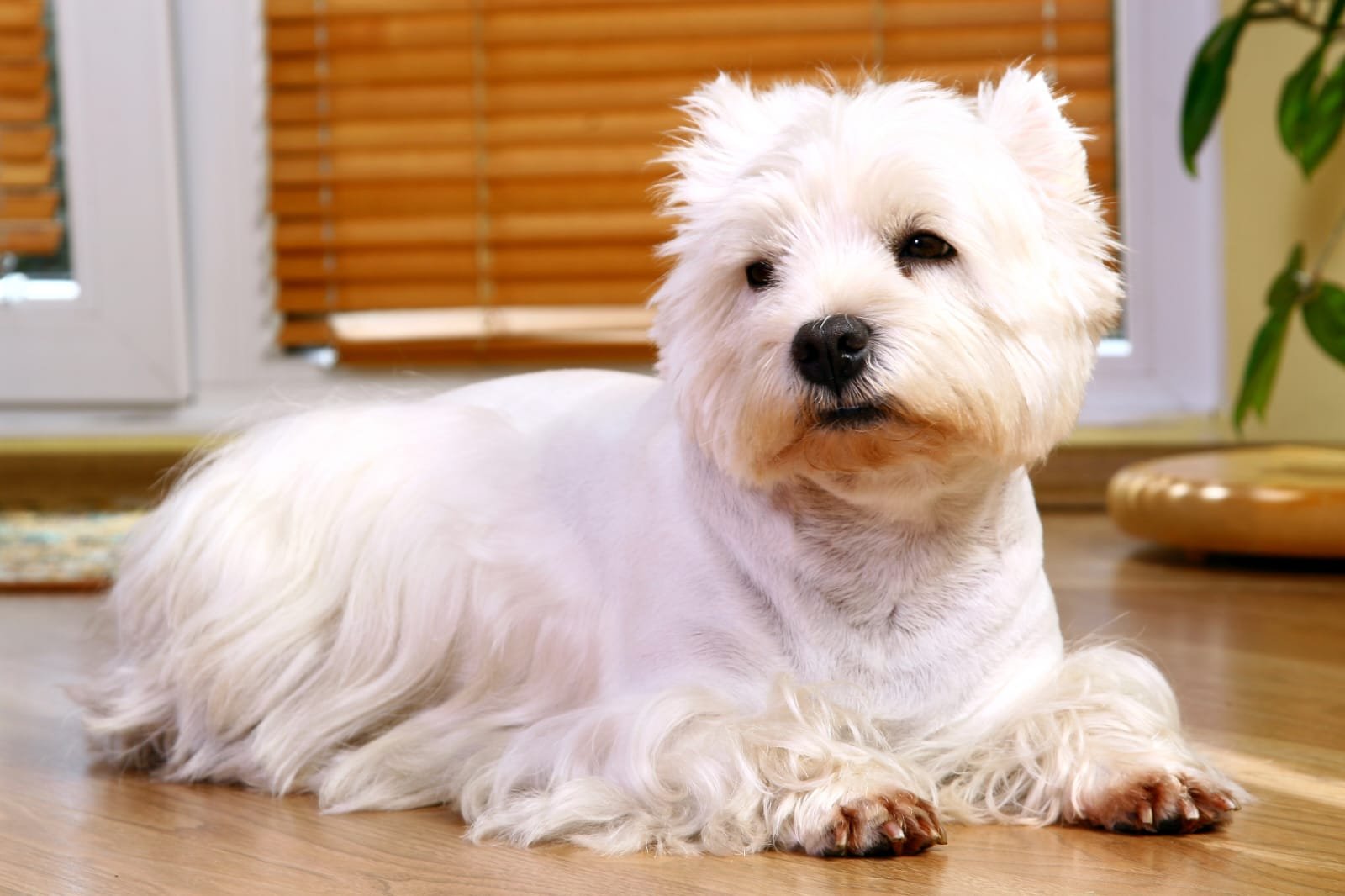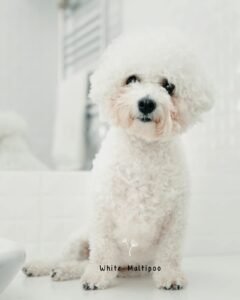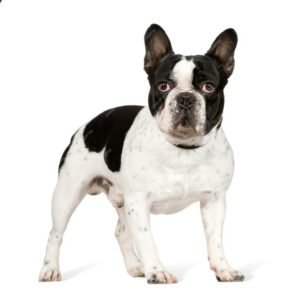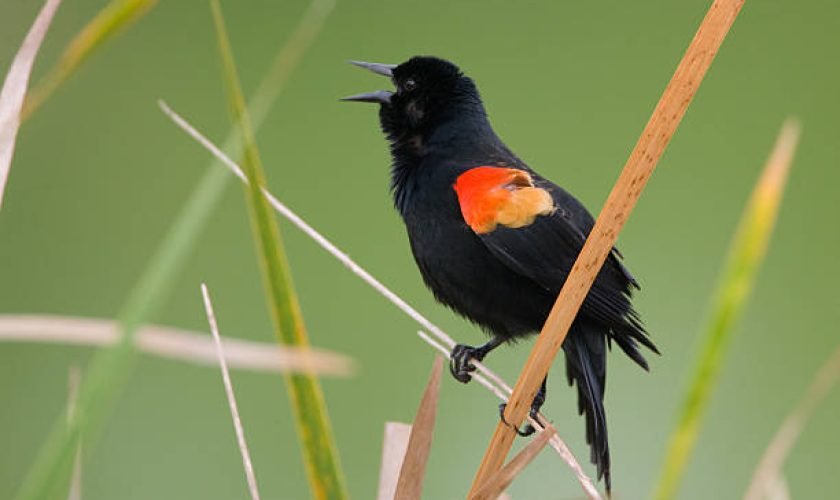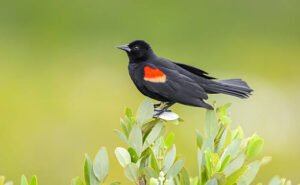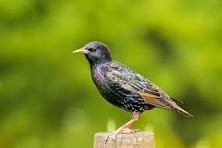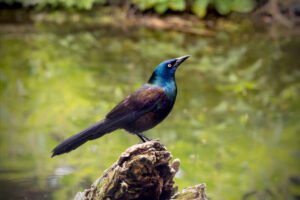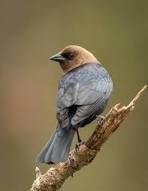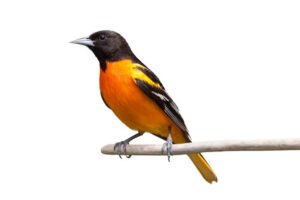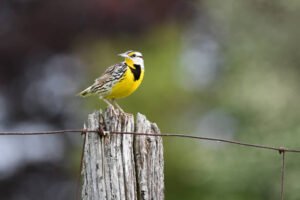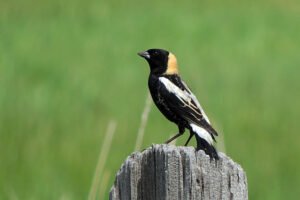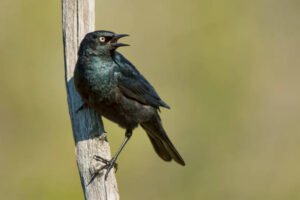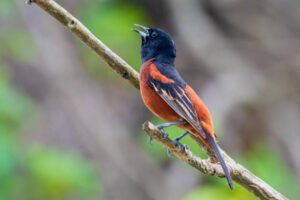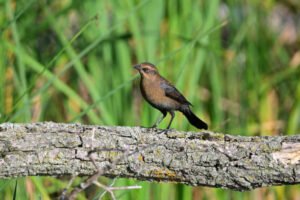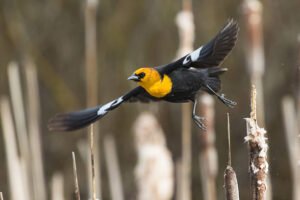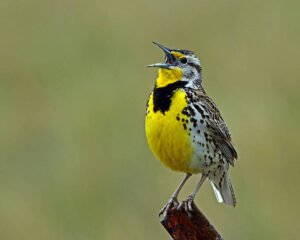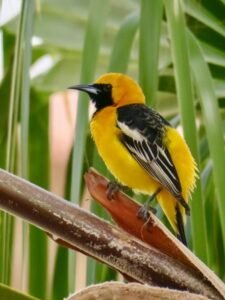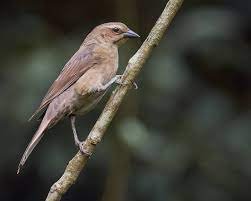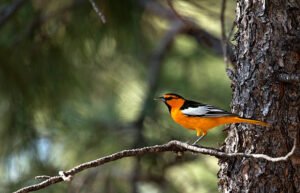Kangal Dog for Adoption: Essential Info Before Bringing One Home
Are you considering adding a loyal and protective companion to your family? Look no further than the Kangal dog for adoption. The choice of adopting a Kangal into your family bears the marvelous potential to give a loving forever home to a deserving furry friend. This article will provide you with a step-by-step guide on how to smoothly incorporate a Kangal dog into your lifestyle, and make them feel at home. We will discuss everything you need to know from recognizing their unique features to addressing any possible issues of taking care of a Kangal dog. Then, we can proceed and find out what pleasures we have by having a new member in our family and its name is a Kangal dog!
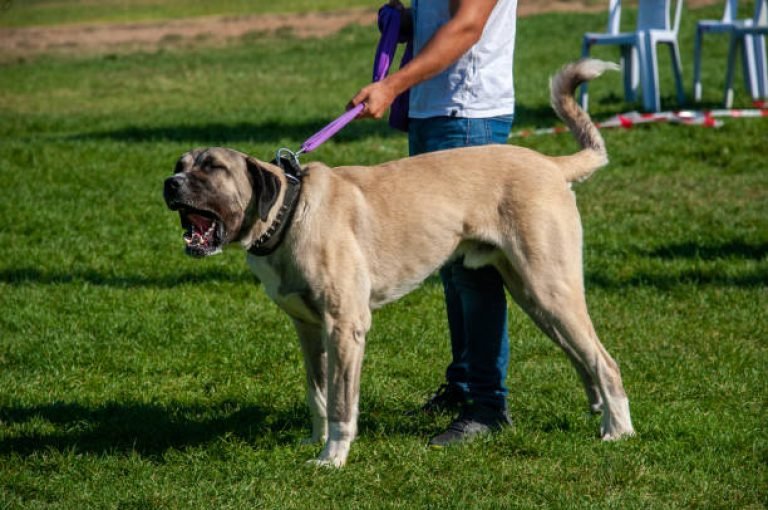
Understanding the Kangal Dog Breed
Kangal dogs, being brought up from Sivas region of Turkey, have long traditions that start several millions of years ago. Researched and selected for the role of the livestock defender, Kangals are especially known for their troth, intelligence, and eminent capacity to guard.
History and Origins of the Kangal Dog
The Kangal breed was bred originally in Anatolia, Turkey and they were greatly appreciated by the local shepherds for their true instinct of protection. The origin of the dog breed, in fact, can be traced back to the early Turkish tribes, who relied on them to guard their flocks.
Unique Characteristics of Kangal Dogs
Kangal dog breeds stand out due to their imposing size, strong structure and distinct coat markings, commonly in a shade of tan or red. The Kangals are best known for their very big teeth and well-developed muscles. This characteristic of them means that they are highly protective of their families and home.
Behavioral Traits to Consider
Potential adopters should know Kangals’ aggressive evident traits as guard dogs, which may show as being protective and suspicious to strangers. Proper upbringing and imbuing socialization from an early stage must play a key role in teaching them to use their protective nature in the right way and raising well-behaved households.
The Benefits of Adopting a Kangal Dog
Some of the benefits of adopting a Kangal dog include, but are not limited to, security, companionship, and increased self-confidence. From their utter loyalty to their natural self-defense abilities, Kangals are bred with specific traits that make them ideal and brilliant animals.
Loyalty and Protection
Protection and devotion are the two most important advantages of having a Kangal dog as a member of your family. Throughout the centuries Kangals were bred to guard animals thus this is in their instinct to care about their own. Through their close ties with their family, they become ready to give their all in order to protect their territory, even if that means leaving their house behind.
Family Friendliness
Kangals dogs may look big and aggressive, but their protective nature is often mated with gentle demeanor and affectionate tendencies towards their families. They form strong bonds to children and pets around them, mostly in the manner of affectionate protectors. Proper socialization and training enable a Kangal to become a lifelong companion for any size of the family.
Kangal Dogs as Working Companions
Moreover, Kangal dogs don’t only make good family pets but also give their skills as working partners in any field. Their keen intelligence and natural instincts make them good dogs for tasks such as herding livestock, search and rescue and even therapy where they are well suited. Kangals, being dogs that do best when they are tasked, can be seen as a good fit in any working environment, since they have a lot to offer.
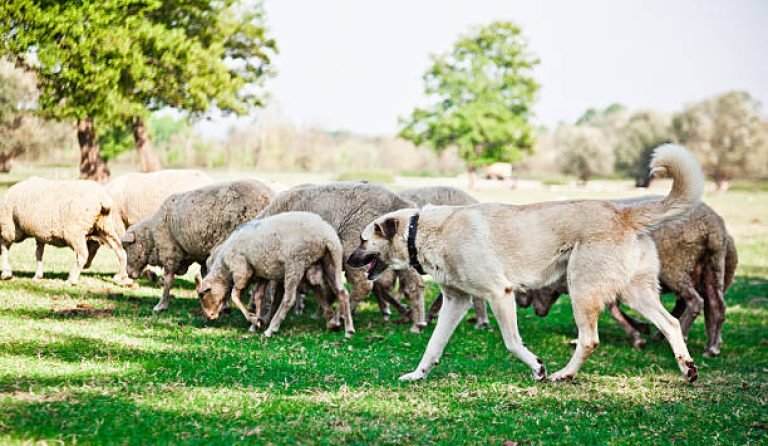
Challenges in Adopting a Kangal Dog
For most people the adoption of a Kangal dog is a great experience which is worthy of the challenges to be faced while caring for the breed. Beyond their housing and training requirements, prospective owners should also be aware of the health challenges that would be involved until they are able to sufficiently manage them.
Space and Exercise Requirements
Kangal Breed is a large and active type of dog that demands enough room to function properly. These dogs have really high energy levels and they love playing. They can’t really adapt to life in a small Apartment and are happier in a home where they have a securely fenced yard for them to roam around. Besides, Kangals have their high needs for the exercises and should have daily activities to keep themselves healthy and mentally excited. Intending owners must be determined to provide sufficient time for activity often in longer walks, hiking or quick active sessions.
Training Needs and Socialization
This is mainly because of their strong natures and vigilance that cause them to need consistent training and socialization from the very early stages of their lives. If not trained correctly with specialists, they might show these traits such as obstinacy, grouchiness toward strangers or over-sensitivity to boundaries. The correct dog training approach, based on the use of positive reinforcement, support together with early and ongoing socialization, are the key elements for the development of well-mannered and socially adjusted Kangal.
Health issues and veterinary care of Animals
As all dog species can be susceptible to specific health issues, Kangal breed is no exception – prospective owners should be aware of them. There are the most popular health issues like hip dysplasia, bloat, as well as some genetic disorders. Regarding the health of your Kangal, you should make veterinary check-ups a regular thing, and you have to provide him with a nutritious diet and preventive care measures. These can help to reduce the risk of any health problem, so your beloved Kangal can live a long and healthy life.
Finding a Kangal Dog for Adoption
When it comes to adopting a Kangal dog, there are several avenues you can explore to find your perfect furry companion. From local shelters to online platforms and breed-specific rescue groups, there are plenty of options available to help you find the right Kangal dog for adoption.
Local Animal Shelters and Rescue Organizations
One of the first places to start your search for a Kangal dog is your local animal shelters and rescue organizations. These facilities often have a variety of breeds available for adoption, including Kangals. By visiting your nearest shelter or checking Kangal rescue websites regularly, you may be able to find a Kangal in need of a loving home.
Online Adoption Platforms and Websites
In addition to local shelters, many online adoption platforms and websites specialize in connecting adoptable pets with prospective owners. Websites such as Petfinder, Adopt-a-Pet, and Rescue Me! often feature listings for Kangal dogs available for adoption nationwide. These platforms allow you to search for Kangals based on location, age, and other preferences, making it easier to find your perfect match from the comfort of your own home.
Reaching Out to Breed-Specific Rescue Groups
For those specifically interested in adopting a Kangal dog, reaching out to breed-specific rescue groups can be an excellent option. These organizations focus exclusively on rescuing and rehoming Kangals and other similar breeds, ensuring that each dog finds a home suited to their unique needs. By contacting breed-specific rescue groups or checking their websites and social media pages, you can increase your chances of finding a Kangal dog available for adoption in your area.

Preparing for Your Adopted Kangal Dog
Before bringing home your adopted Kangal dog, it’s important to make sure you’re fully prepared to provide them with a safe, comfortable, and nurturing environment. Here are some essential steps to take to ensure a smooth transition for both you and your new furry friend.
Creating a Safe and Comfortable Environment
Prepare your home for the arrival of your Kangal dog by creating a safe and comfortable environment. Remove any potential hazards or dangerous objects that could pose a risk to your pet’s safety. Provide them with a designated area where they can rest and retreat when they need some quiet time. Make sure your yard is securely fenced to prevent them from wandering off or getting into trouble.
Essential Supplies and Equipment
Gather all the essential supplies and equipment your Kangal dog will need to thrive in their new home. This includes food and water bowls, a comfortable bed or crate, toys for mental stimulation, grooming tools, and a sturdy leash and collar for walks. Invest in high-quality dog food that meets their nutritional needs and consult with your veterinarian to establish a feeding schedule.
Establishing Routine and Boundaries
Establishing a consistent routine and setting clear boundaries is essential for helping your Kangal dog adjust to their new environment. Create a daily schedule that includes regular mealtimes, potty breaks, exercise sessions, and training sessions. Be patient and consistent with training, using positive reinforcement techniques to reinforce good behavior and correct any unwanted behaviors. Set boundaries early on to establish rules and expectations, and be prepared to enforce them consistently.
Bonding and Training with Your Kangal Dog
Bringing a Kangal dog into your household through adoptions does not just signify that you are adding a family member but also that you are in demand of a partnership, hence utilizing effective training techniques and bonding all come into play here. I would like to point your attention to these main points that will help you be successful in keeping and training your Kangal pet.
Building Trust and Mutual Respect
Trust and mutual respect as built between you and your dog will form a bedrock for a good relationship with your Kangal dog. Provide yourself and your precious pet with quality time, play and walk out. This will help you create a strong emotional and physical bond. Have patience and consistency in your forms of communication with your Kangal to give them enough time to feel that their new environment is safe and they can be comfortable.
Behavior Modification Instruction through Positive Reinforcement
Positive reinforcement training, such as teaching your Kangal dog to behave well, are very efficient in not only teaching them desired behaviors, but also promoting attachment between the two of you. Use treats, praise, love, or any of the favorite rewarding methods of your dog to reinforce positive behavior and boost your dog’s learning curve. Highlight the value and results that positive behavior gives as a way to show success without mentioning negative actions, because Kangals react best to a reward system.
Addressing Behavioral Issues
One must deal with behavioral issues in a timely manner and within the maximum level of efficiency in order to keep your Kangal dog as a good friend. Figure out the root reason which could be anything from excessive barking, chewing, or territorial ability. Then implement the strategies that are going to solve the actual training problem. Feedback and supervision provided by a dog trainer or behaviorist can help you to create a personalized training program with the aim of having your Kangal family member under control.
Integrating Your Kangal Dog into Your Lifestyle
Bringing a Kangal dog into your family through adoption is an exciting and rewarding experience. As you welcome your new furry friend into your home, it’s essential to integrate them into your lifestyle in a way that ensures their physical and mental well-being. Here are some key aspects to consider when integrating your Kangal dog into your lifestyle.
Exercise and Mental Stimulation
Kangal dogs are active and intelligent breeds that require plenty of exercise and mental stimulation to stay happy and healthy. Make sure to provide your Kangal with daily opportunities for physical activity, such as long walks, runs, or play sessions in a fenced yard. Engage their minds with interactive toys, puzzle games, and training sessions to prevent boredom and promote mental sharpness.
Socialization and Interaction
Socialization is crucial for Kangal dogs to develop positive relationships with other animals and people. Expose your Kangal to various environments, sights, sounds, and experiences from a young age to help them become well-adjusted and confident adults. Arrange playdates with other dogs, introduce them to different people, and gradually expose them to new situations to build their social skills and confidence.
Incorporating Kangal Dog Care into Daily Routines
Incorporating Kangal dog care into your daily routines ensures that your furry companion receives the attention, care, and companionship they need to thrive. Set aside time each day for activities such as feeding, grooming, training, and bonding with your Kangal. Establishing a consistent routine helps your dog feel secure and provides them with a sense of structure and predictability in their daily lives.
Conclusion
Raising the Kangal type of dog can be a beautiful trip that is fulfilling with love, friendship and of course unforgettable moments. Through regular physical activity, socialization, and daily routines aimed at bonding with your Kangal dog, you can create a delightful family life with the two of you together. In fact, selecting a Kangal dog does not mean that you are merely getting a pet, but opening your house for a faithful and dedicated friend. If you are thinking about adopting an additional dog in your family, why don’t you go for the Kangal variety? A Kangal dog for adoption has his own features and traits as well as loving nature. So, it may be a perfect companion for your family in general.

